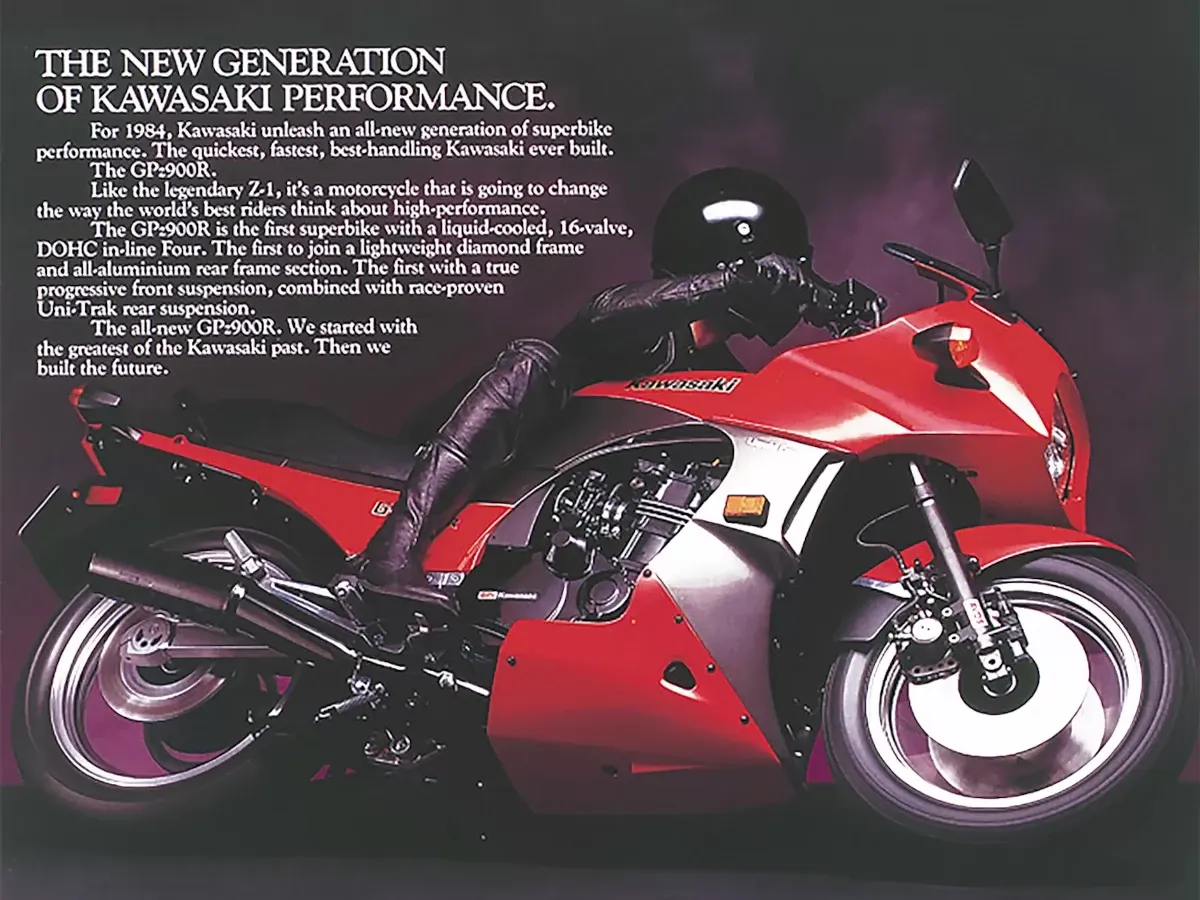The Extensive 20-year Period was Dedicated to the Development of a Single, Focused Product, Free from the Distractions of Competition.
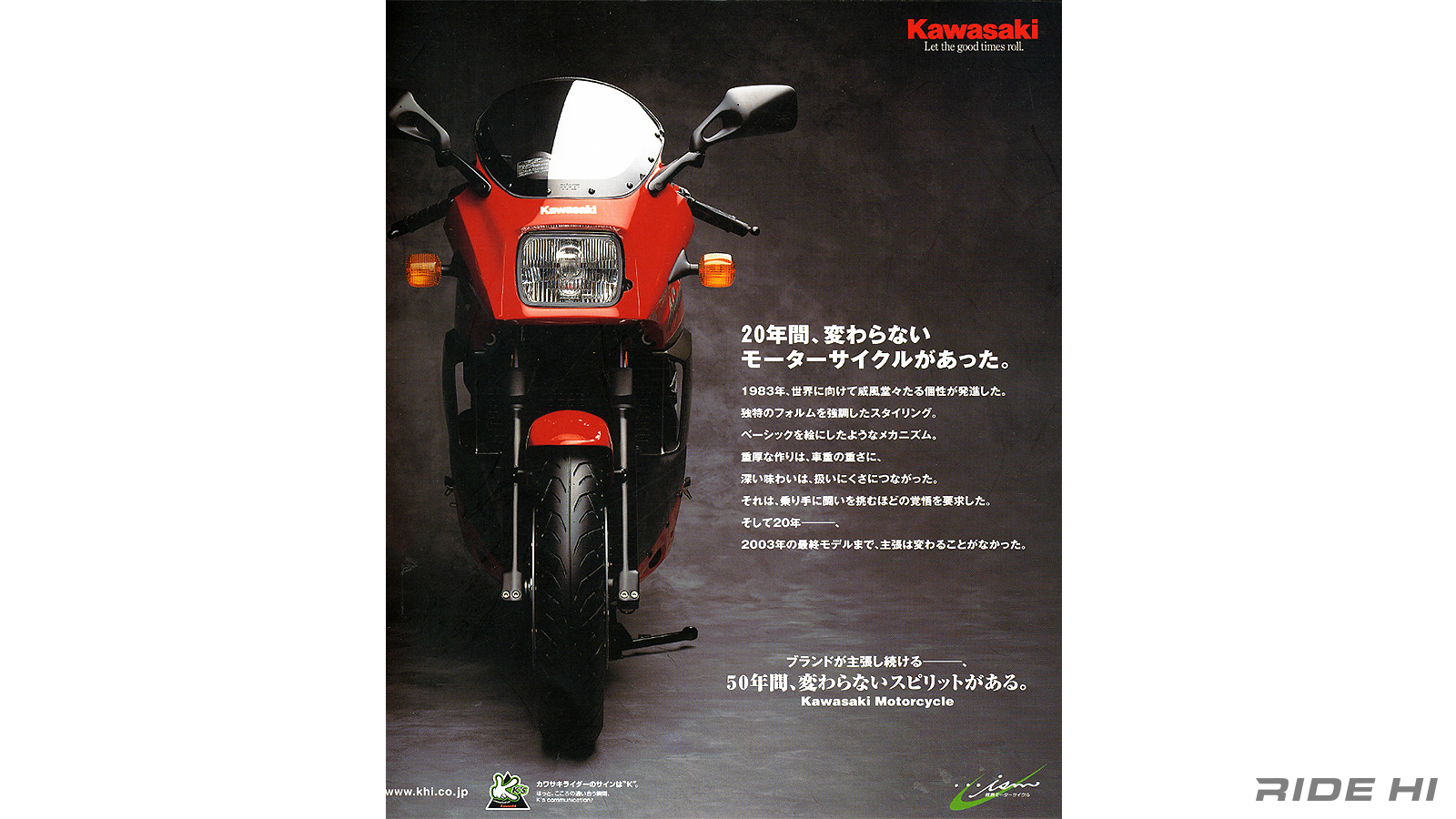
In 1972, KAWASAKI introduced the Z1, a higher quality model than the CB750 Four, the first mass-produced 4-cylinder CB750 with DOHC and 900 cc, which preceded it. It was so popular that it quickly became a world leader, evolving into the Z1000 in 1976 and the Z1100GP in 1981. However, KAWASAKI was unable to make major changes due to its solid performance, while rival manufacturers were in hot pursuit with liquid-cooled, 4-valve models and more powerful machines.
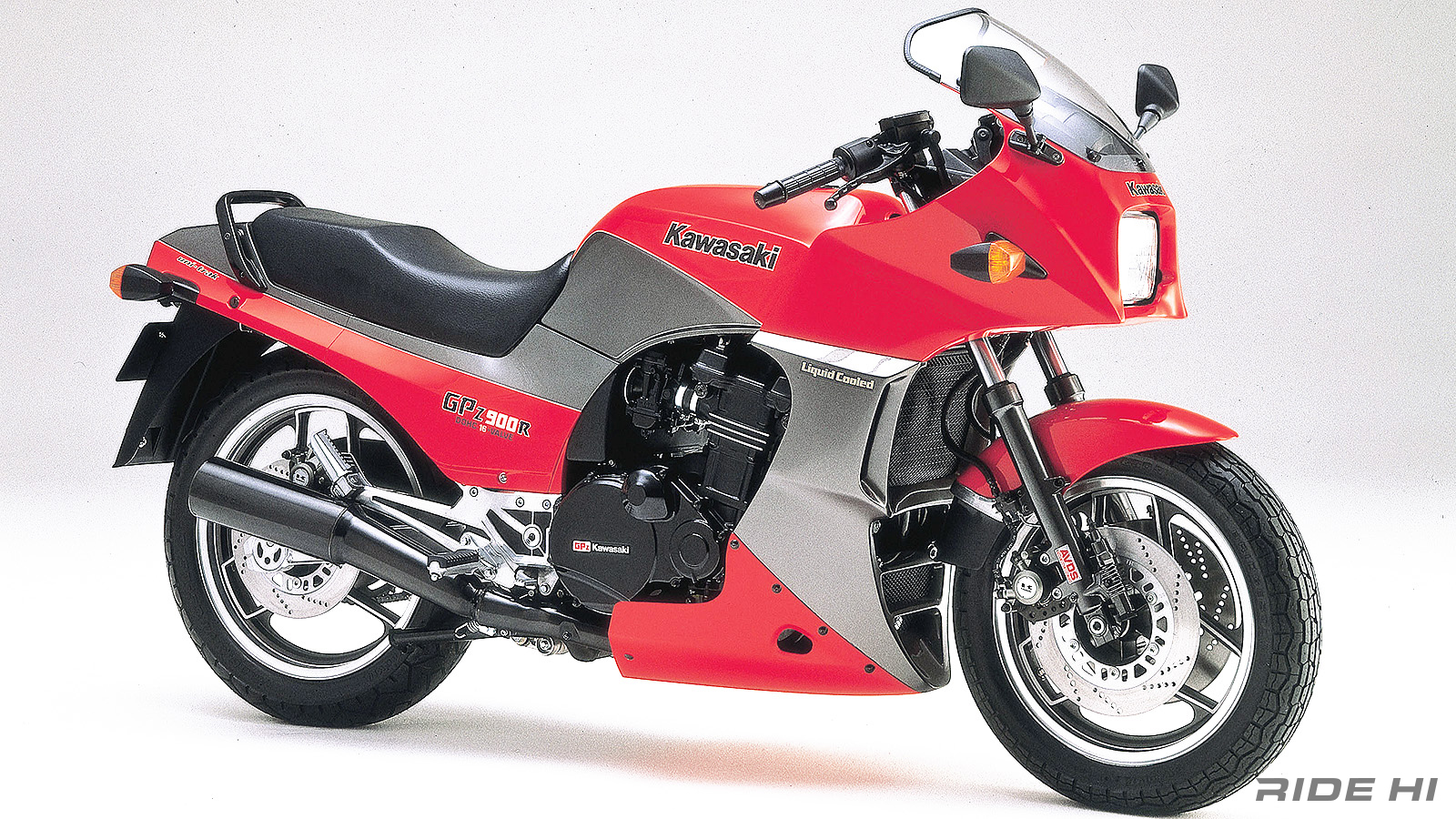
In September 1980, the KAWASAKI tried to develop a new 900cc air-cooled 6-cylinder model, but gave up on the idea because the prototype was too smooth and did not feel like a KAWASAKI.
After such a detour, the concept was revised from the very beginning, and development proceeded at a rapid pace, with the goal of achieving the world's fastest zero-yon and maximum speed, while daring to challenge rivals' 1,000-cc models with the 900.
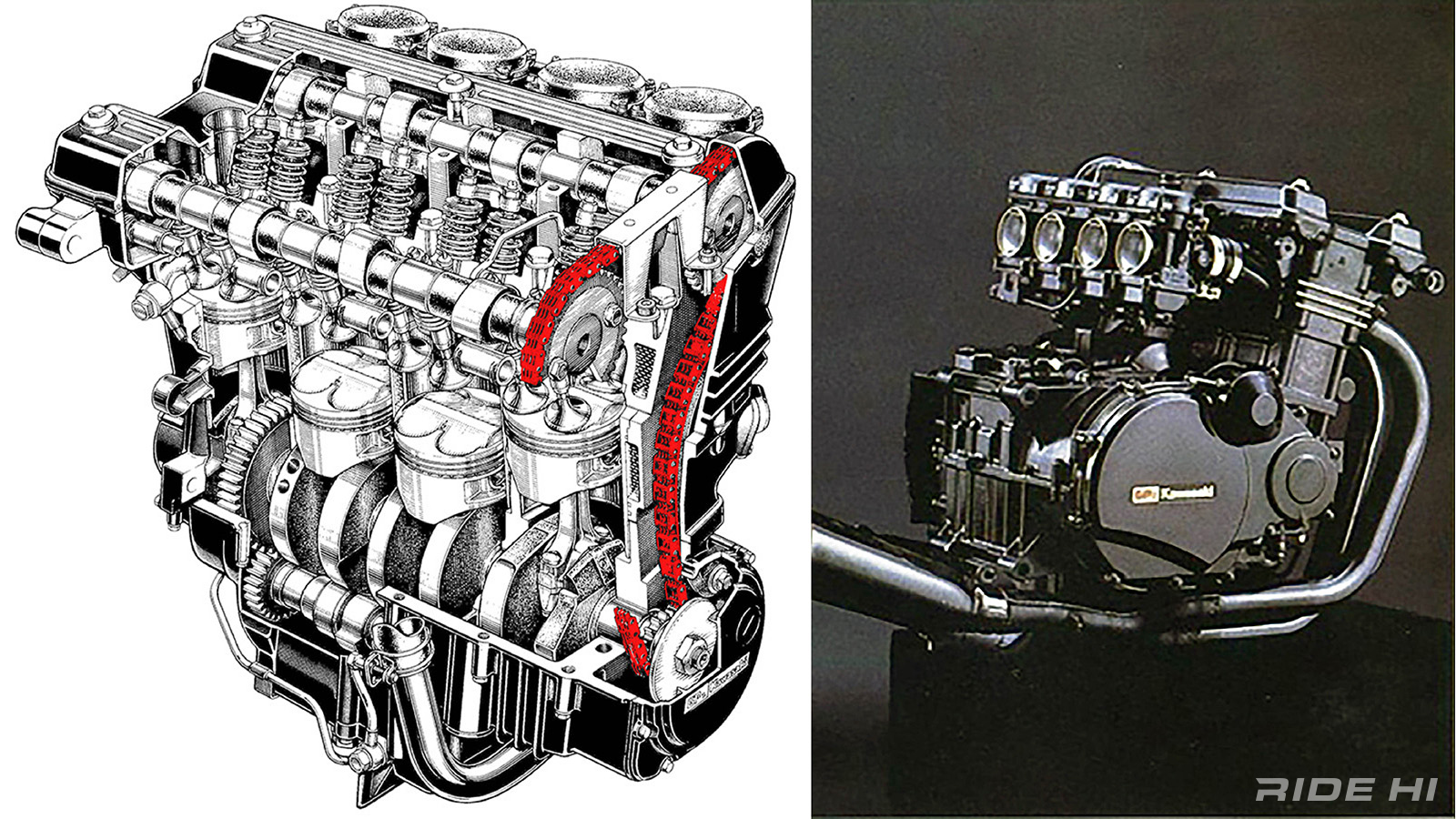
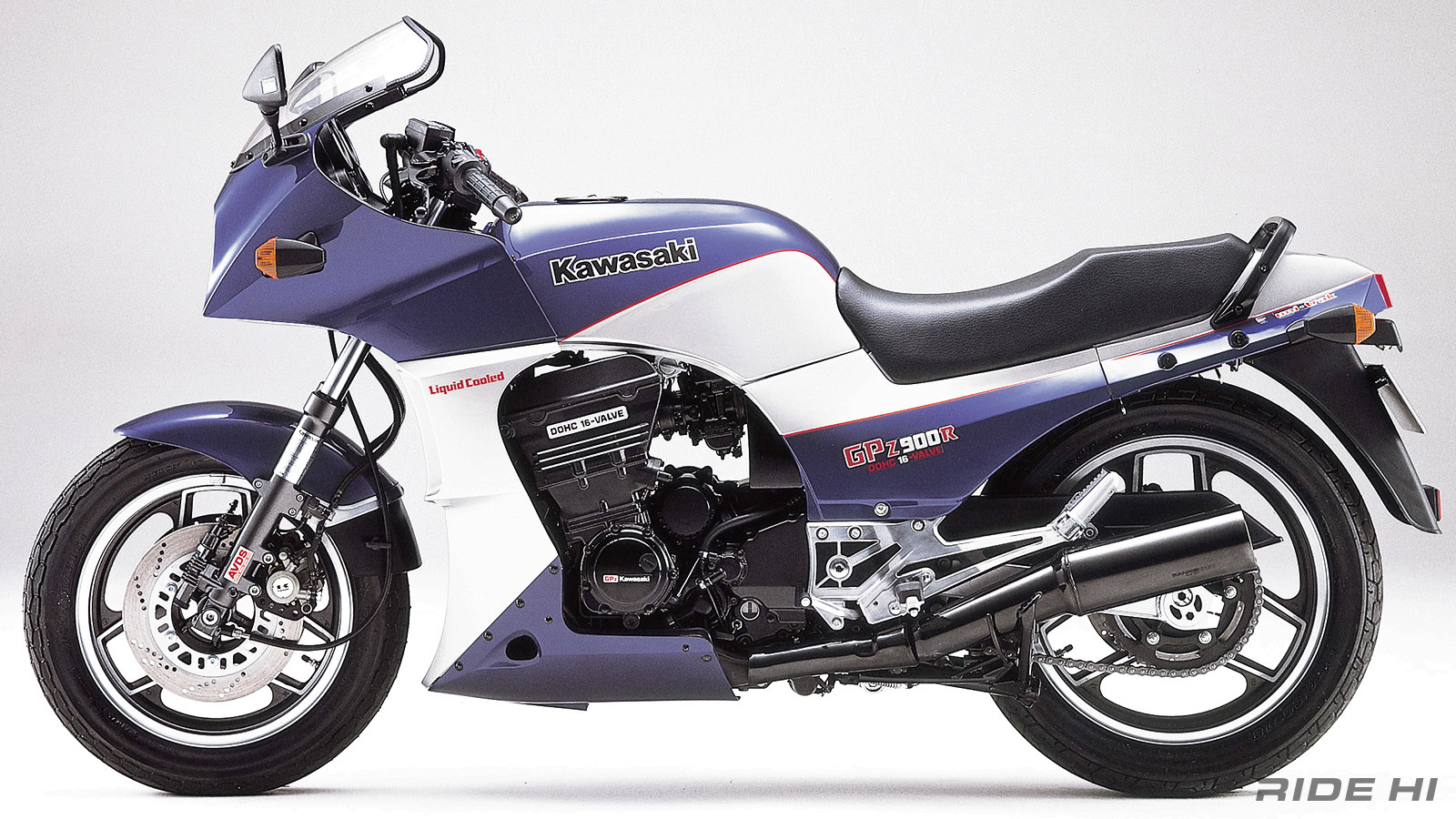
Of course, water-cooling was essential to achieve the world's fastest 900cc engine with high output.
In order to achieve compactness and high efficiency, the cam chain that drives the DOHC 16 valves was set at the left end, instead of the center of the 2-cylinders, in order to make the pitch of each cylinder uniform.
In order to achieve the fastest possible speed, the chassis was also made as a rigid member that avoided rubber mounting to the frame by adding balancers to the engine, and the under-tubes were eliminated, an unprecedentedly compact configuration for a big motorcycle.
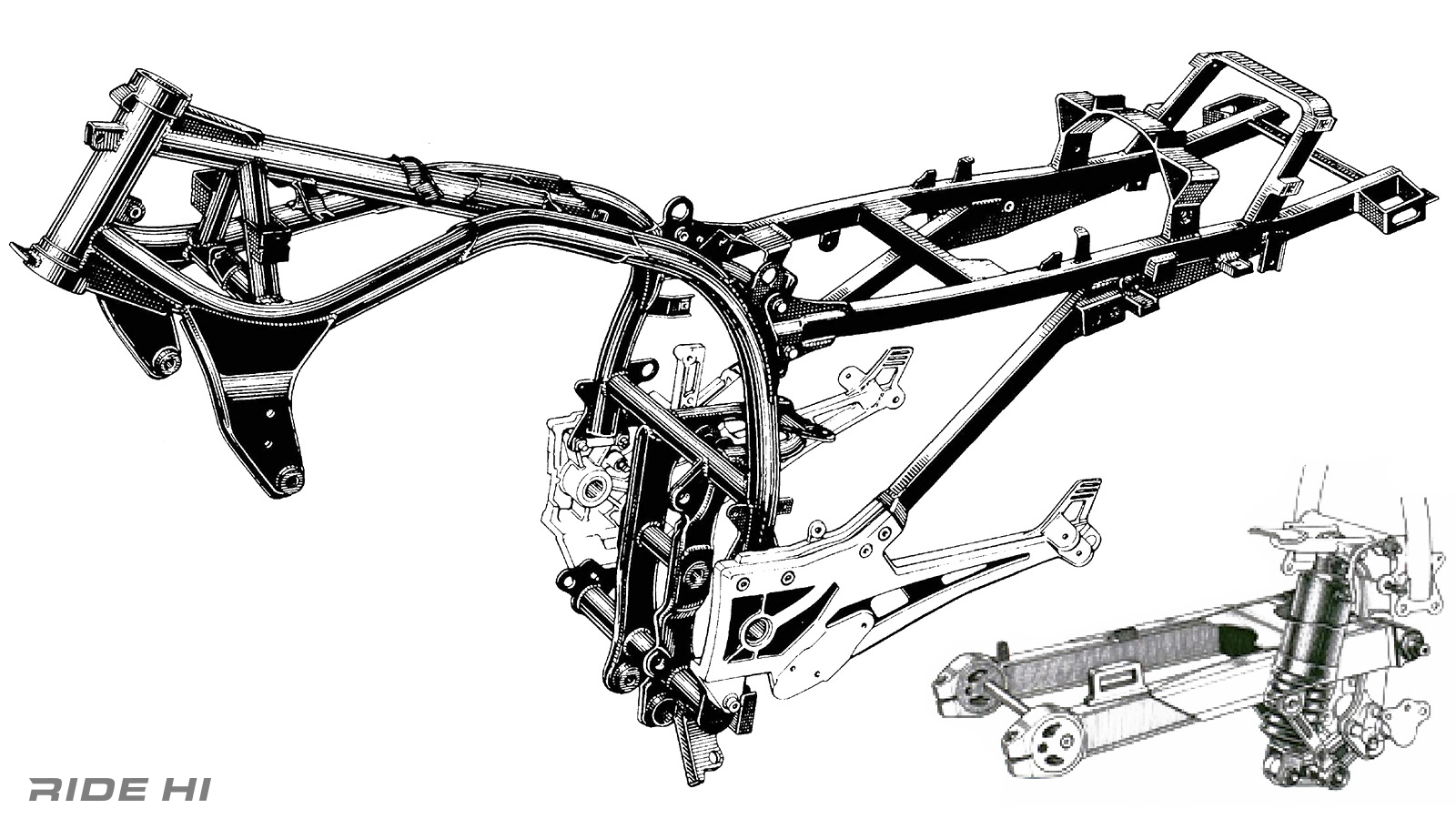
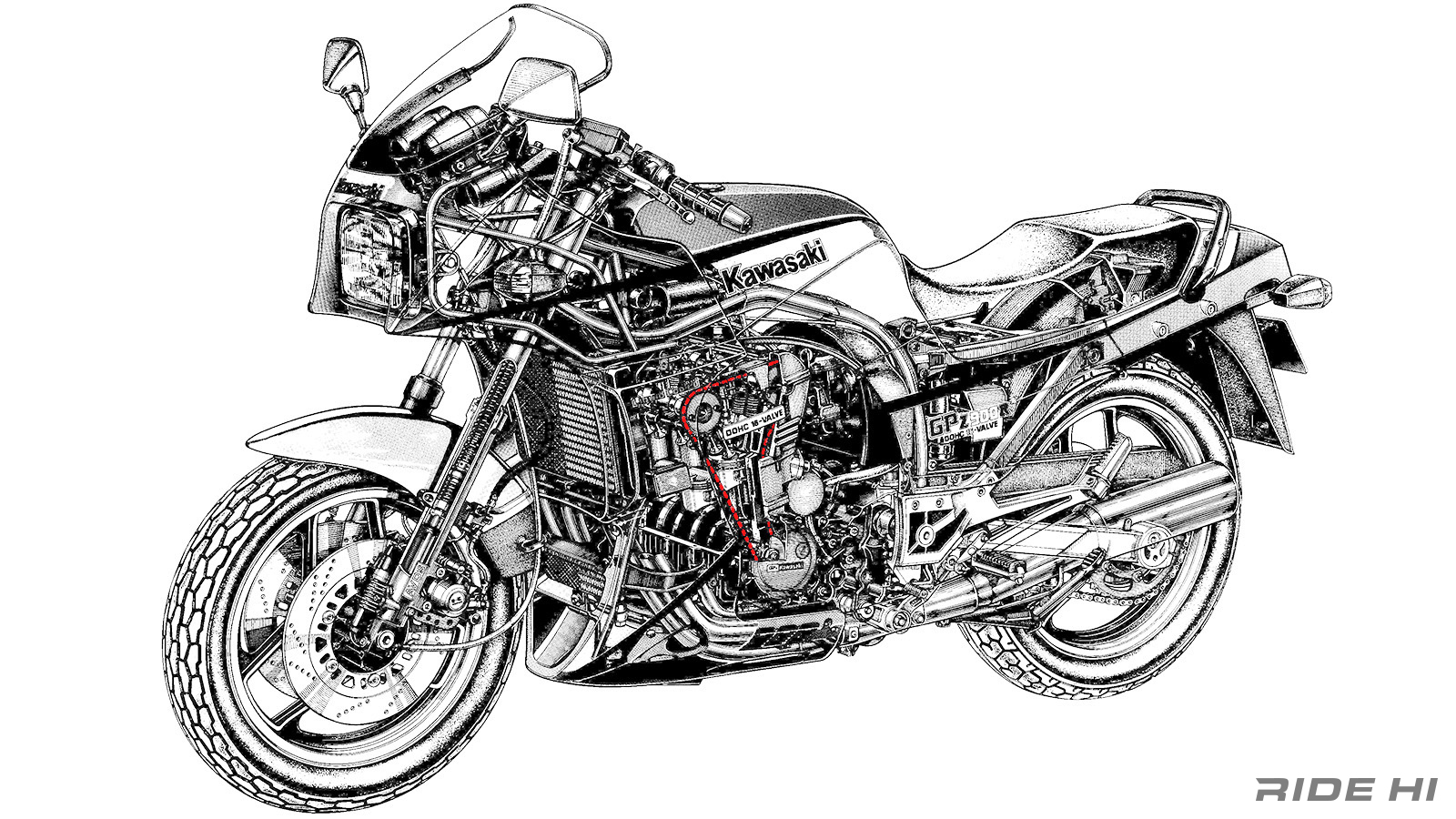
However, in the final stage of development, the engineer was asked by a top sales representative,
“You are the best in the world in terms of performance, and that's what we can count on. The performance is the best in the world, that's encouraging, but as a developer, are there any parts that you think are uncool?"
The engineer replied, “The engine is a side cam chain, so the engine is seen from the left and the right side is covered by the cam chain tunnel and looks like a nope, which may be uncool, but it is covered by the cowl and not visible anyway, so I am not worried." It was decided to turn this into originality and individuality, and in the final stage, the sides of the full cowl were clipped out to match the shape of the cam chain tunnel so that the engine could be seen, appealing to the different sense of discomfort on the left and right sides.
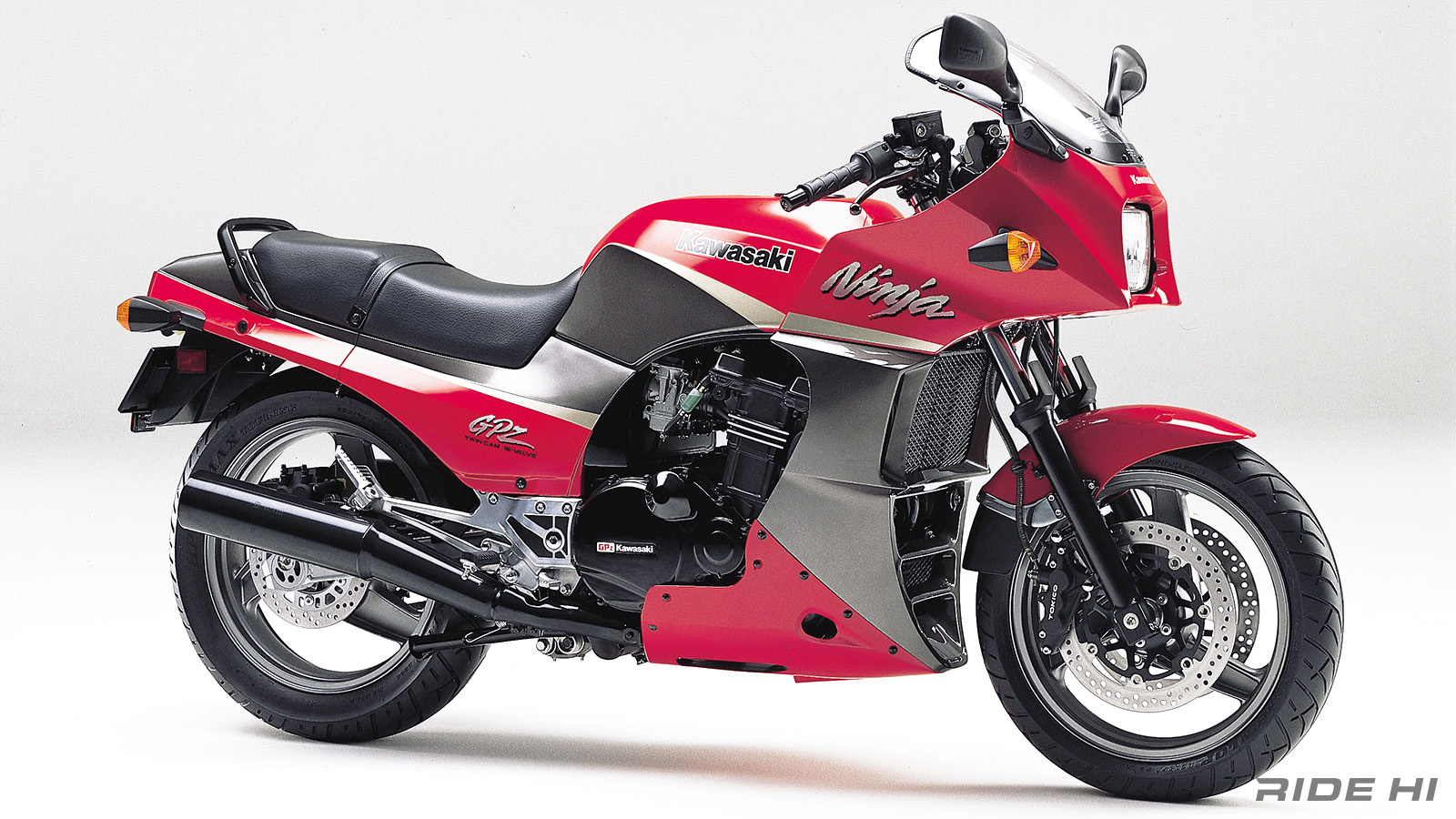
The design also gained an amazing aerodynamic characteristics with a CD value of 0.33, while also making the great decision to show off the engine even with a full cowl, which determined the popularity of the Ninja, and made its debut at the Paris Salon in 1983.
In December 1983, the Ninja made its world press debut at the Laguna Seca Speedway in the U.S. The world was thrilled by its top speed of 250km/h and 0-400m time of 10.976 seconds with 115PS in spite of its 900cc engine.
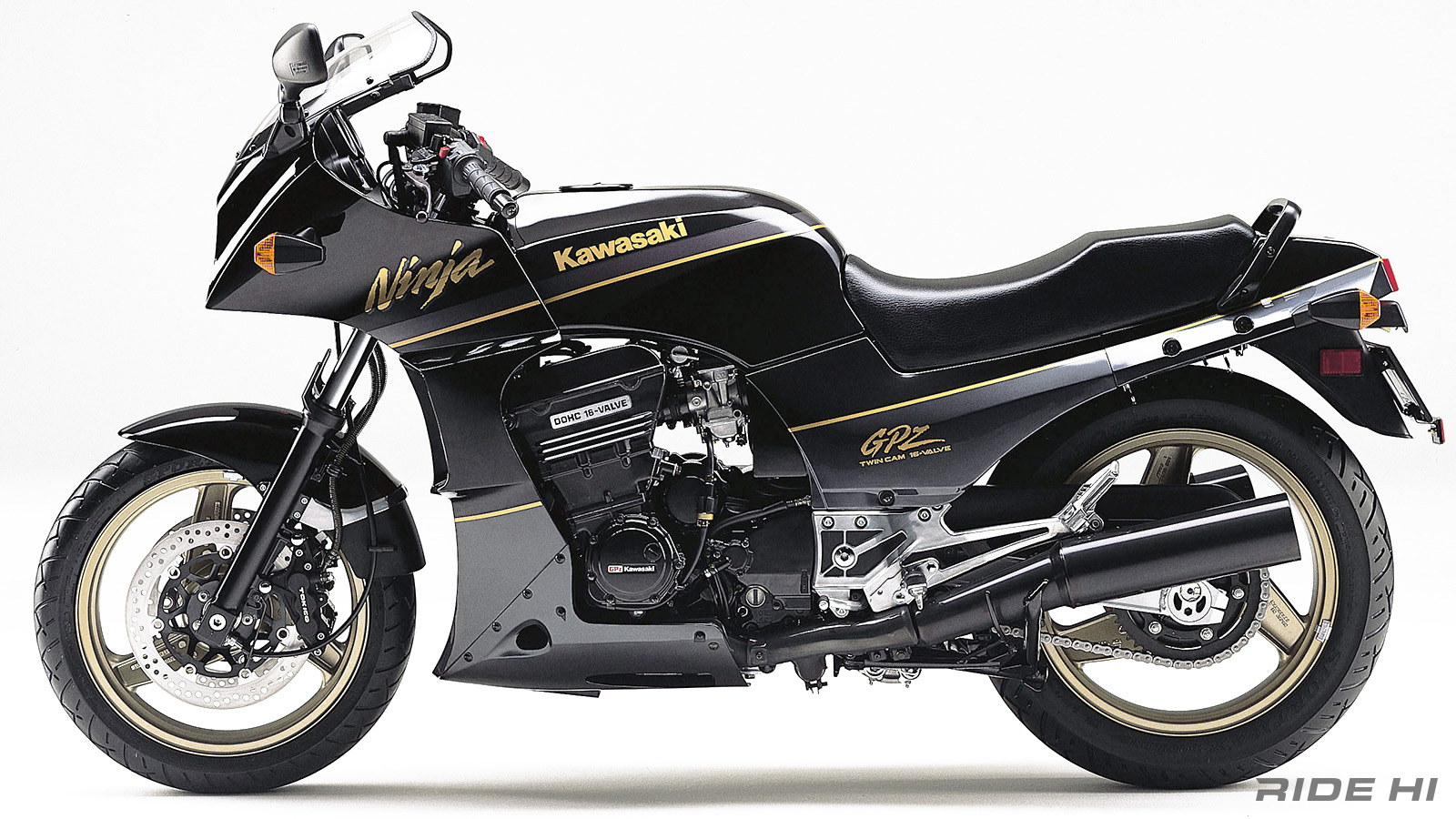
The new flagship GPZ900R, which went around the world under the pet name “Ninja” for the U.S. model, was boosted by the popularity of the movie “Top Gun” and remained popular until the GPZ1000RX in 1986 and the ZX-10 in 1988. In 1990, the ZZR1100, with 147 PS and a speed of 300 km/h, was introduced, but its popularity remained unabated and it continued to survive as an ongoing model.
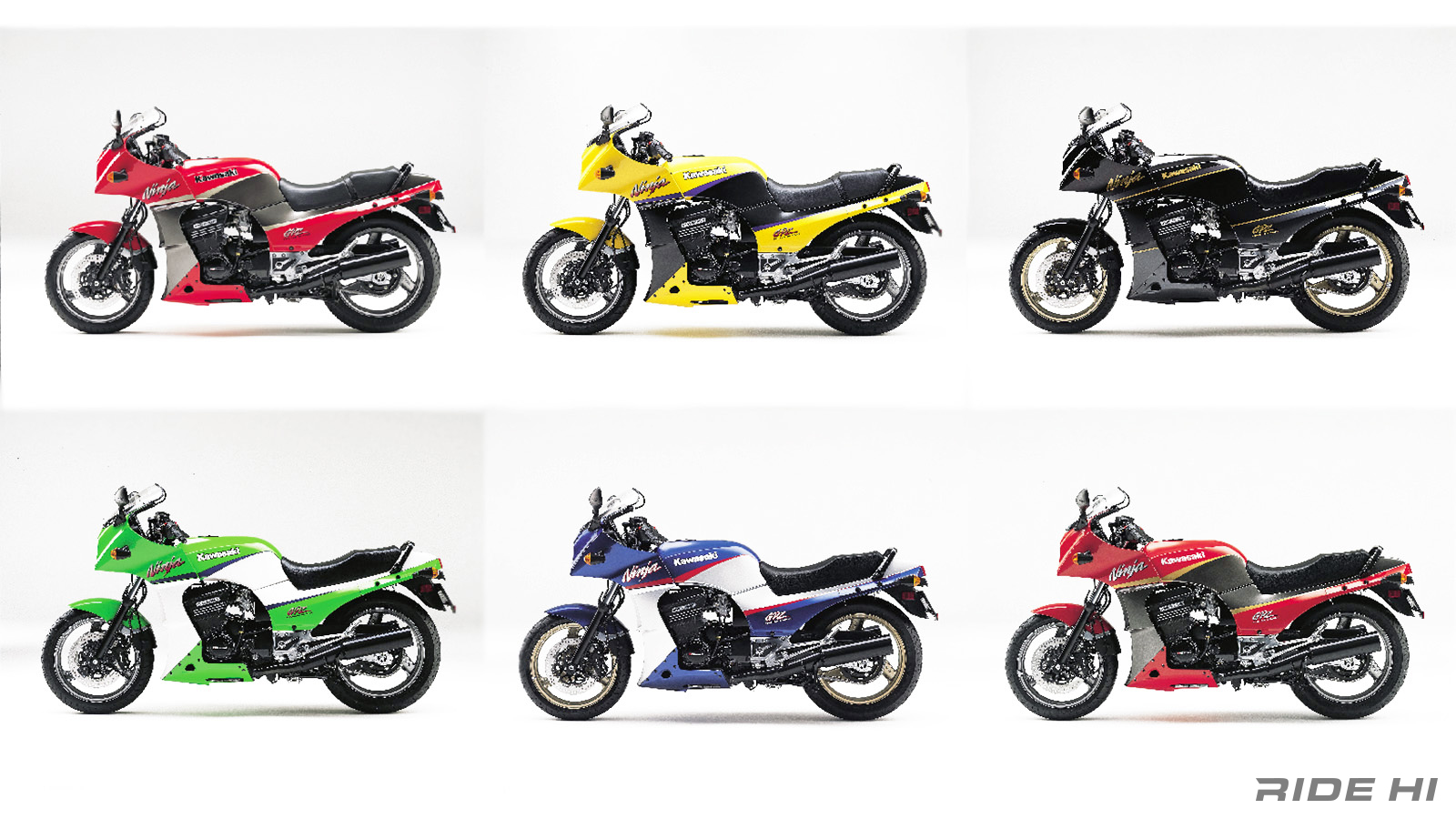
The GPZ900R had been in existence for almost 20 years, and in 1990, the size was changed from 16-inch front wheels to the new 17-inch standard, and the suspension was renewed. However, the motorcycle remained popular and survived without any changes to the basics, such as the engine, chassis, and exterior appearance.
During this period, various coloring and graphic variations appeared. Some of these were cleverly done, such as bringing back the same coloring but using different graphic combinations, and this was a key factor in the high level of popularity of the Ninja. There is no doubt that KAWASAKI's design capabilities, including its exquisite graphic sense from A1 to A16, were outstanding among Japanese manufacturers.
In 2003, the curtain finally came down on 20 years of history for the Ninja, but it remained a historic model with a cumulative total of more than 80,000 units produced.
Original Source [ RIDE HI ]
See KAWASAKI Moto Index Page
See KAWASAKI GPZ900R Ninja Parts & Accessories Page

